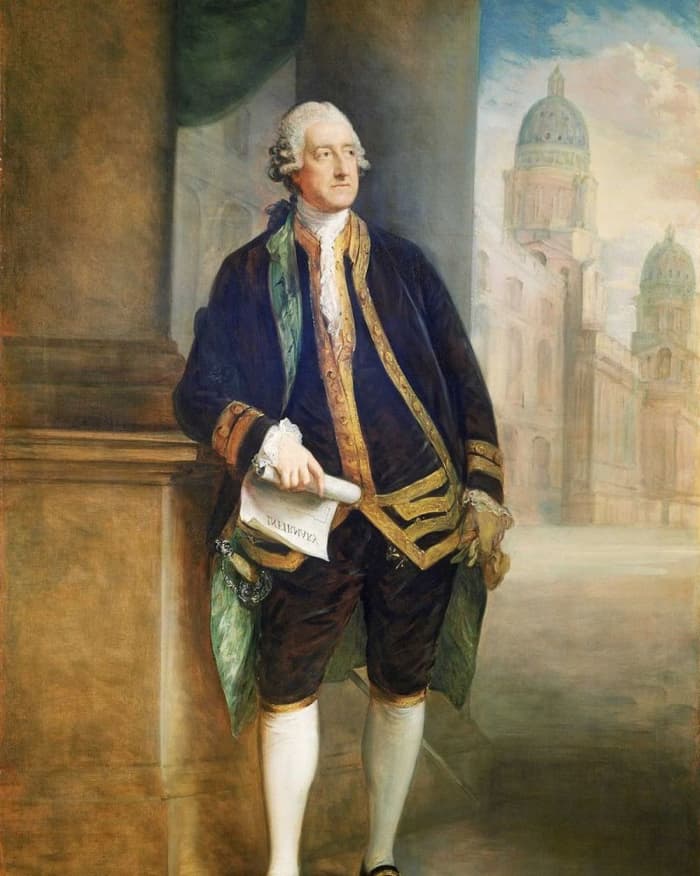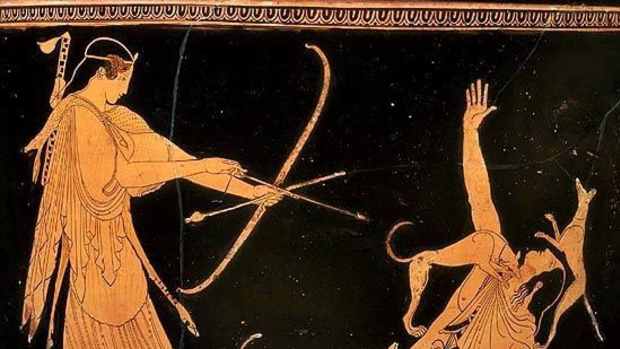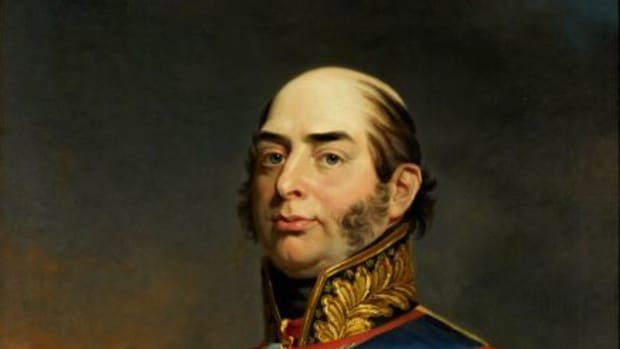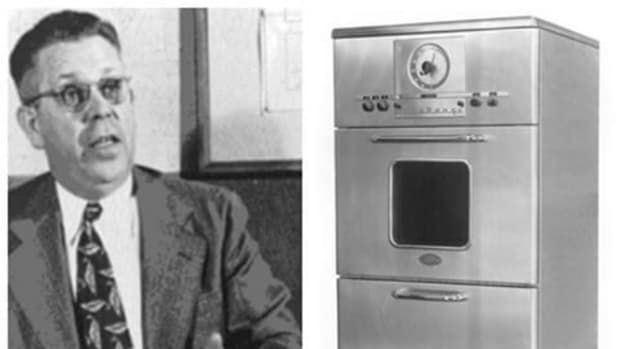How the Sandwich Was Invented

John Montagu, 4th Earl of Sandwich (1718-1792) had the sandwich attributed to him. He didn't invent the sandwich though.
Wikipedia Public Domain
Who Invented the Sandwich? Not the Earl of Sandwich
At least half the populations of Britain and the U.S.A. eat a sandwich every day. In 2022 the British sector was valued at over $3.9 billion (£3 billion) per annum. The U.S. sandwich industry's worth almost $23.6 billion (£18 billion).
We take it for granted that a couple of slices of bread will provide a welcome home for a tempting filling. From open and club sandwiches to hamburgers, today we are spoilt for choice when it comes to sandwiches.
When and where was the wonderfully convenient sandwich invented?
The man often credited with the invention of the sandwich was Englishman John Montagu, 4th Earl of Sandwich (1718-1792). The earl was a First Lord of the Admiralty, a member of the infamous debauched Hellfire Club, a rake and gambler.
The earl didn't invent sandwiches. Unsurprisingly, people dined on the "sandwich" centuries before the earl did. He popularised them in polite society, and his name was attached to them in the 1760s, but prior to his adoption of the snack, these morsels were a little unimaginatively termed "bread and meat" or "bread and cheese."

Historian and scholar Edward Gibbon was the first person to write the word sandwich to describe the snack previously called bread and meat or bread and cheese.
Wikipedia Public Domain
The 4th Earl of Sandwich, Two Slices of Bread and Some Salt Beef
In Frenchman Pierre-Jean Grosley's travel book about London, he claimed that one night in 1762, when the Earl of Sandwich was sat at a card table gambling, as he often did, he grew hungry, but he didn't want to leave the table.
He asked his valet to order some meat and bread, and they were duly delivered to the table. The earl placed salt beef between two slices of bread so that his food would not stain the cards. This tale has been challenged.
It's just as probable that the earl was quietly working on navy and government business at his desk and that he asked for food to be brought to him. He made an as then unnamed sandwich and continued to work, setting the precedent for generations of workers worldwide.
The Earl of Sandwich went out into London society, and as he asked waiters and chefs for bread and meat to create his snack, his fashionable friends and followers ordered the "same as Sandwich." His name was soon attributed to the bread and filling construction. From London, the sandwich travelled across Britain and over the English Channel into Europe. It took until 1840 for the sandwich to reach the United States.
The Cocoa Tree Coffee House, Gambling House and Gentleman's Club
Trenchers: Bread and Meat or Bread and Cheese?
Centuries before John Montagu, Earl of Sandwich, lived the Jewish Rabbi and scholar Hillel the Elder ate what was later called a sandwich. That was in 1 BC.
Throughout the Middle Ages, wooden and metal plates were used by the rich and fortunate while the peasants improvised with "trenchers." These were thick slices of round and very often stale bread beneath their meat, cheese and the odd vegetable. The trencher was an early example of an open sandwich. They ate their plate, threw it to their dog or offered it to a famished friend or relative. There was no washing up.
Recommended
Author and historian Edward Gibbons provided the first written record of a "sandwich" in his journal entry on 24th November 1762. That day he visited the Cocoa Tree, a politically affiliated gentleman's club for the well-off situated on Pall Mall near St. James' Palace in London, where he encountered the phenomenon that was a sandwich.
The exclusive Beef Stake Club in Covent Garden claimed that their chefs invented the sandwich in 1762.
When I ask for a watercress sandwich, I do not mean a loaf with a field in the middle of it.
— Oscar Wilde.
What's a Medieval "Trencher"?
Favourite Sandwich Fillings
The sandwich became a staple food in Europe during George III's early reign. It arrived in the U.S.A. in 1840 when a young Queen Victoria ruled Britain. Englishwoman Elizabeth Leslie and the sandwich revolutionised the U.S. diet forever.
According to The Guardian newspaper, the average British person consumes over 18,300 sandwiches during their lifetime, and they spend almost £50,000 ($65,000) doing so. In the U.S.A., an excess of 300 million sandwiches is consumed every day (Washington University.)
In Britain, a survey of 2,000 people carried out by Warburtons Bakery concluded that 56% of people would choose a cheese sandwich as their favourite, followed by ham and cheese at 55%.
Tasteatlas.com's data from 17th July 2023 offered the U.S. consumers' verdict: In first place was the grilled cheese sandwich, and the second choice was the B.L.T.: bacon, lettuce and tomato. Peanut butter and jelly came in 13th.
Since the early days when the sandwich was unnamed, the addition of cheese has been a clear favourite; will that still hold true in one hundred years' time, or will people be eating AI food by then?
The sandwich represents the perfect marriage of convenience, portability and taste.
— Unknown.
Sources
- Sandwich History | History Of America's Favorite Sandwiches
- Sandwich & sub store franchise market size US 2022 | Statista
- John Montagu, 4th earl of Sandwich | Biography & Sandwich | Britannica
This content is accurate and true to the best of the author’s knowledge and is not meant to substitute for formal and individualized advice from a qualified professional.
© 2023 Joanne Hayle







